
Gay Isber
2020 by Gay Isber and Fox Chapel Publishing Company, Inc., 903 Square Street, Mount Joy, PA 17552.
Learn to Make Amazing Resin & Epoxy Clay Jewelry is an original work, first published in 2020 by Fox Chapel Publishing Company, Inc. All rights reserved. No part of this publication may be reproduced, stored in a retrieval system or transmitted, in any form or by any means, electronic, mechanical, photocopying, recording or otherwise, without the prior written permission of the copyright holders.
Print ISBN 978-1-4971-0120-3
eBook ISBN 9781607658214
Library of Congress Control Number: 2020935253
To learn more about the other great books from Fox Chapel Publishing, or to find a retailer near you, call toll-free 800-457-9112 or visit us at www.FoxChapelPublishing.com.
We are always looking for talented authors. To submit an idea, please send a brief inquiry to .
Because working with resin, epoxy clay, and other materials inherently includes the risk of injury and damage, this book cannot guarantee that creating the projects in this book is safe for everyone. For this reason, this book is sold without warranties or guarantees of any kind, expressed or implied, and the publisher and the author disclaim any liability for any injuries, losses, or damages caused in any way by the content of this book or the readers use of the tools needed to complete the projects presented here. The publisher and the author urge all readers to thoroughly review each project and to understand the use of all tools before beginning any project.
Jewelry making can be so much fun when you conquer a few products and techniques. This book focuses on two specific products and the techniques that go with them: two-part casting resin and epoxy clay. It can seem intimidating at first to mix together and prepare these products, but once you start using them, youll understand their limitless creative potential. Theyre worth the effort and fun to try.
This book will teach you all the basics you need to know about resin and epoxy clay. It will expand your jewelry-making capabilities so that you can create jewelry that youll enjoy and others will admire! Youll learn how to mix each product, plus its uses, storage, safety, cleaning, and associated tools. Then you get to experiment with different techniques for creating unforgettable, one-of-a-kind jewelry pieces. Plus, if youre totally new to the world of jewelry making, the basics of the craft are all covered in the first chapter. So dont be afraid to pick up this book and start creating!
Gay

Gay Isber

This project is reversible! It showcases photos in clear resin that was cast in plastic packaging as the mold. See the full instructions for the project on .
Gay Isber
Contents

Gay Isber

Gay Isber

Gay Isber

Gay Isber

Gay Isber
This book focuses on resin and epoxy clay, but it incorporates some standard basic jewelry-making terms and techniques that youll need to know in order to turn your resin and clay creations into actual wearable jewelry. Review this section if youve never made jewelry before!
To make jewelry, youll need a pair of flush cutters, which are essentially small jewelry wire cutters, for cutting wire. Youll also need, at a minimum, one pair of jewelry pliers (either round-nose pliers or straight pliers), but its best to have two pairs (see ) an even faster process. Straight pliers (or chain-nose pliers) are also useful depending on how you are assembling your jewelry or what specific wires/beads/findings (i.e., clasps, chains, etc.) you are using. In general, for the projects in this book, you can use round-nose pliers.
Jump rings are the building blocks of a lot of jewelry. They are simple metal rings with a break in them that can be opened and closed, allowing you to easily connect different items. Its important that you know the basic rule for opening and closing a jump ring. Shown below are both the correct method (marked with  ) and the incorrect method (marked with
) and the incorrect method (marked with  ). Use two pairs of pliers, one gripped on each side of the jump rings opening, to direct each side away from the other in a vertical orientation. Do not simply pull the opening straight apart horizontally, as this will weaken the metal and potentially break it. The rule to remember is simple: twist open, dont pull apart.
). Use two pairs of pliers, one gripped on each side of the jump rings opening, to direct each side away from the other in a vertical orientation. Do not simply pull the opening straight apart horizontally, as this will weaken the metal and potentially break it. The rule to remember is simple: twist open, dont pull apart.

Round-nose pliers
Lora S. Irish

Flush cutters
Lora S. Irish
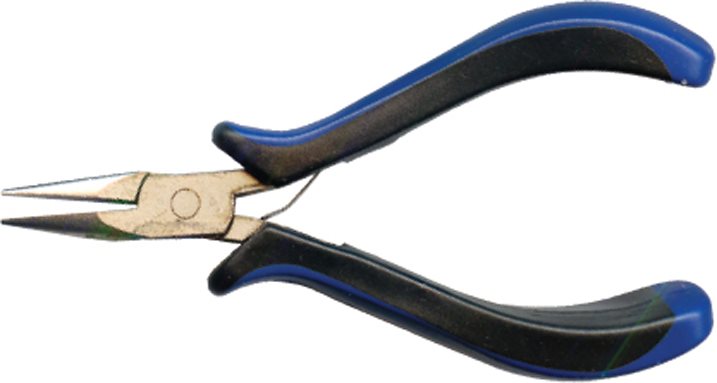
Straight (chain-nose) pliers
Lora S. Irish
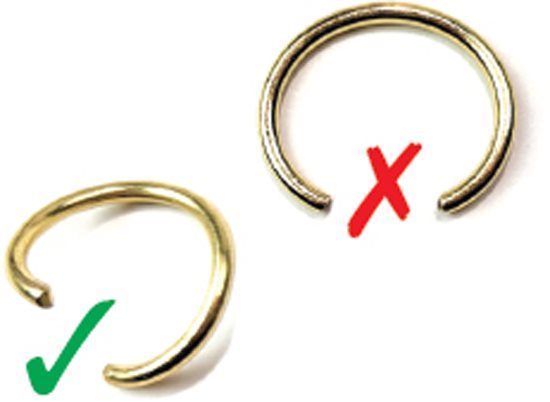
Jump rings
Lora S. Irish

Findings, including chain, a lobster claw clasp (top right in silver), and earring hooks (bottom center).
Helen Driggs
Findings are any of the various jewelry-making building blocks you can buy at the store and use to make jewelry. Jump rings are an example of findings. Clasps, such as lobster claw clasps (which you attach via jump rings), are another example youll use a lot in this book to create closures for bracelets and necklaces. Earring studs and hooks allow you to attach items to create earrings. Blank pendants and metal hoops can be used as bases for creating with resin and clay. Lengths of chain that you can cut to size make creating necklaces and bracelets super easy. All of the various miscellaneous findings mentioned in this book (and more!) can be found at your local craft store.

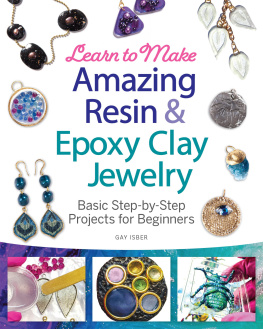
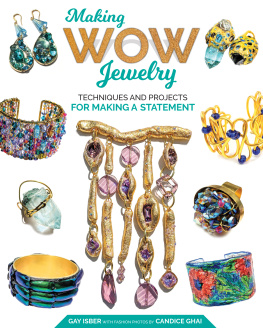

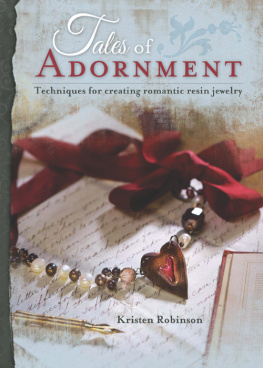
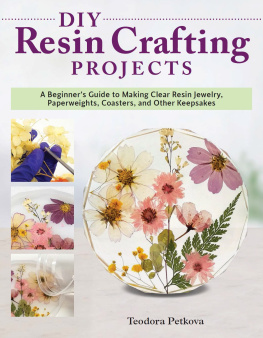
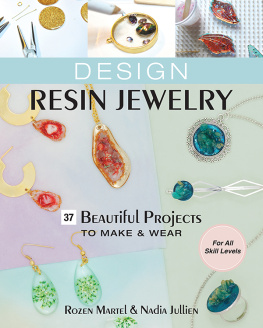
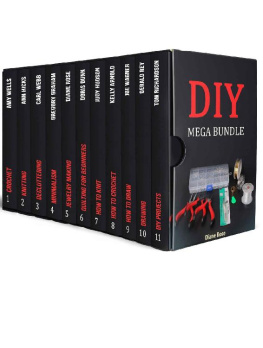
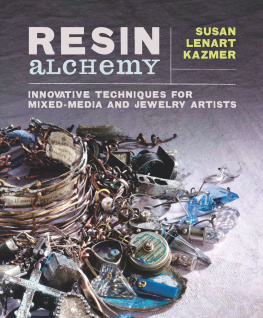
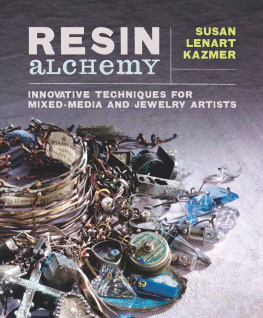
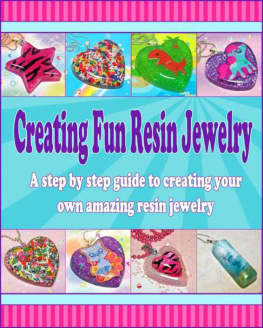










 ) and the incorrect method (marked with
) and the incorrect method (marked with  ). Use two pairs of pliers, one gripped on each side of the jump rings opening, to direct each side away from the other in a vertical orientation. Do not simply pull the opening straight apart horizontally, as this will weaken the metal and potentially break it. The rule to remember is simple: twist open, dont pull apart.
). Use two pairs of pliers, one gripped on each side of the jump rings opening, to direct each side away from the other in a vertical orientation. Do not simply pull the opening straight apart horizontally, as this will weaken the metal and potentially break it. The rule to remember is simple: twist open, dont pull apart.



